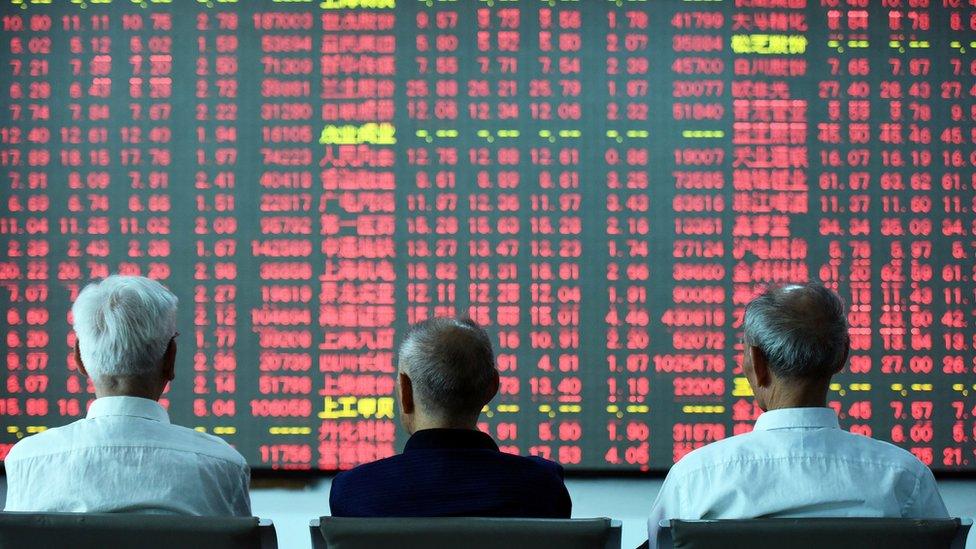China's debt crisis: Just how bad is it?
- Published

A full blown banking crisis in three years' time. The warning from the Bank of International Settlements (BIS) certainly sounds dire, and it should be taken seriously - but don't forget China's banking system is still relatively well protected because it is largely state controlled.
That means that in the event that some Chinese banks face massive defaults, the Chinese government could and very likely would bail them out.
The way the BIS's risk instrument is calculated is also worth taking a look at: the credit to GDP gap is basically a measure of how much banks are lending, compared to the size of the country's economy.
What that means is if banks lend too much, and the economy is shrinking, the gap widens - and that's where the risk of a banking crisis is created. Individuals and companies won't be able to pay back their loans at a time when economic growth is sluggish.
But China needs this debt, because it is helping the economy to grow.
China's economy has been slowing down, and one of the ways that growth has been propped up is through debt, which is now thought to be worth 225% of GDP, according to, amongst others, the International Monetary Fund., external
The key figure to look at is corporate debt.
While household debt is still considered to be within global norms, the IMF warns that potential losses from bad debts in China's corporate sector could be worth some 7% of GDP. That's a conservative estimate and doesn't take into account the amount that's been loaned under shadow banking instruments, which I've written about before.
Both the BIS and IMF have urged China to act fast to address this, but other China-watchers have said the government will be able to manage any impending crisis because of its deep pockets.
Still, Beijing has also said it wants to move away from the debt-fuelled recovery model, although the rhetoric has yet to be matched with any concrete economic policies.